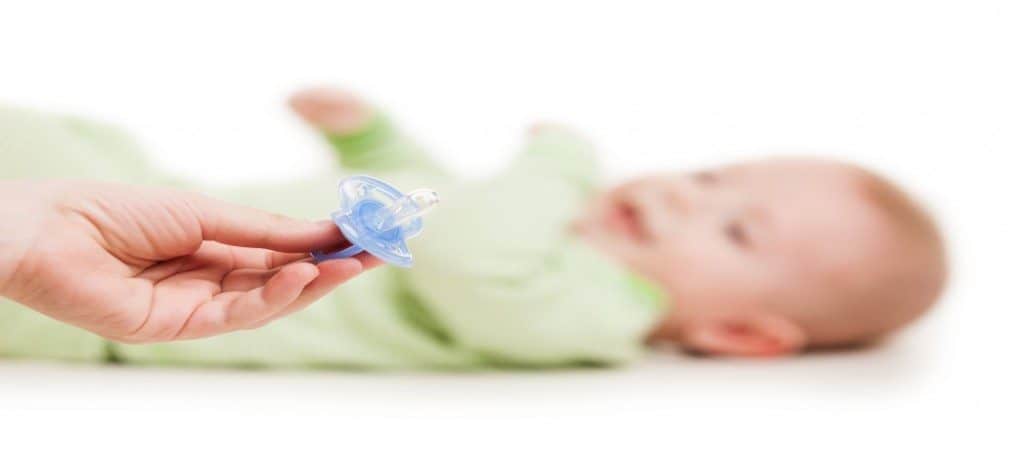
There are two schools of thought on the best way to put babies to sleep: the parent-soothing method and the self-soothing method. Both have advantages and possible disadvantages.
Parent-soothing method. When baby is ready to sleep, a parent or other caregiver helps baby make a comfortable transition from being awake to falling asleep, usually by nursing, rocking, singing, or whatever comforting techniques work.
Advantages:
- Baby learns a healthy sleep attitude – that sleep is a pleasant state to enter and a secure state to remain in.
- Creates fond memories about being parented to sleep.
- Builds parent-infant trust So-called
Disadvantages:
- Because of the concept of sleep associations, baby learns to rely on an outside prop to get to sleep, so—as the theory goes—when baby awakens he will expect help to get back to sleep. This may exhaust the parents.
People Also Read: “how to transition baby to crib”
Self-soothing method:
Baby is put down awake and goes to sleep by himself. Parents offer intermittent comforting, but are not there when baby drifts off to sleep.
Advantages:
If baby learns to go to sleep by himself, he may be better able to put himself back to sleep without parental help, because he doesn’t associate going to sleep with parents comforting. May be tough on baby, but eventually less exhausting for parents.
Disadvantages:
- Involves a few nights of let-baby-cry-it-out
- Risks baby losing trust
- Seldom works for high-need babies with persistent personalities
- Overlooks medical reasons for night waking
- Risks parents becoming less sensitive to baby’s cries
Remember, in working out your own parenting-to-sleep techniques and rituals, be sensitive to the nighttime needs of your individual baby and remember your ultimate goal: to create a healthy sleep attitude in your baby and to get all family members a restful night’s sleep.

